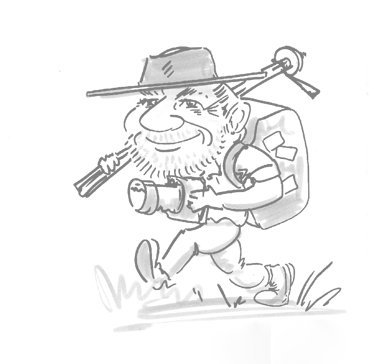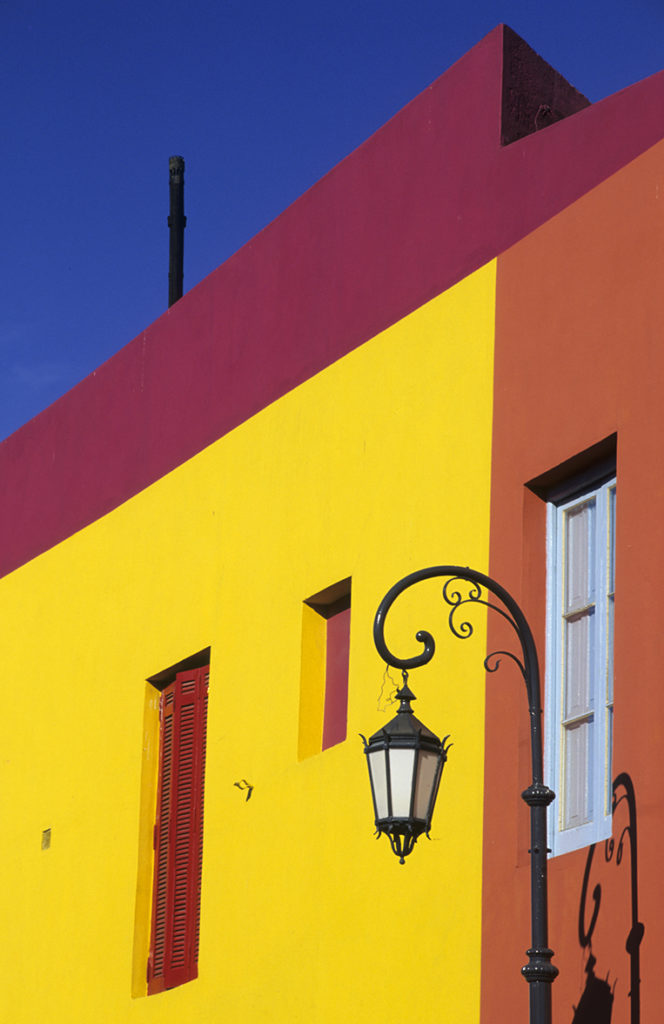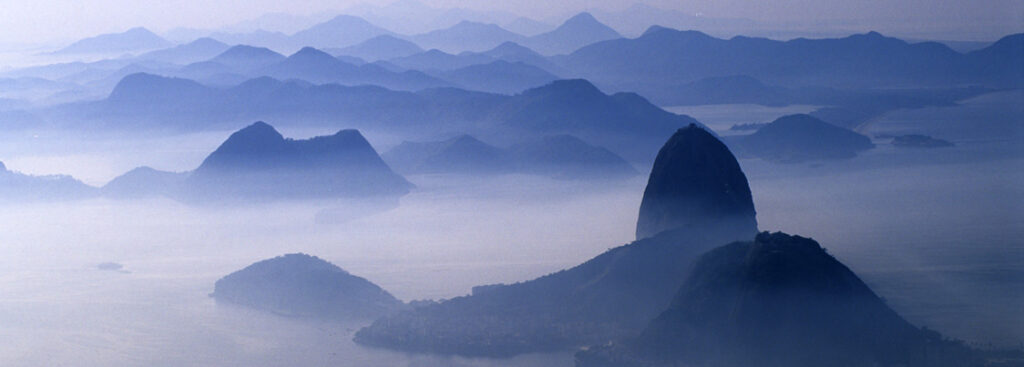
I’ve been a photographer for nearly 30 years and the two questions I get asked most often is “What kind of a photographer are you?” and “What kind of photography do you do?”
Stifling a roll of the eyes, I mull over answers like ‘a bad one or a good one’, ‘outdoor or studio’ but what the questioner is really looking for is a label. Telling them that I’m a landscape photographer or I’m a wildlife or travel photographer would make them happy, but it’s a pigeon hole which makes no sense as I could be all of these on different days.
As photographers we work with light. Although we may have favourite subjects to photograph – like landscapes, wildlife or travel – the essence of photography is light and how it interacts with any chosen subject. We control it and use it to create the image already pre-visualised in our mind’s eye. The subject itself is largely irrelevant and the label most certainly so.
Of course, this question is simply a way of starting a conversation so it is perhaps a step too far to make a big thing of it. Labelling or categorising is a very human trait, and one which can lead to problems in society when the label is used to define or limit, or becomes overly important in its own right.
So what kind of photographer am I? Without meaning to sound pretentious, I am, like you, a creative photographer who works with light. When I look for and make an image I’m not really seeing the subject in literal terms but, rather, seeing shapes, patterns, textures, tones and colours and the way they interplay and change with that light. These are compositional elements and much more defining of a photographic style than any subject.
What is travel photography?

‘Travel photography’ is a commonly used label, a catch-all used to define photography of travel related themes and pigeon-hole photographers who shoot them. So what is travel photography?
The answer depends very much on how broad your perception of images related to travel is. You can view it very narrowly but this is immediately contradicted by the many different forms of ‘travel’ and travel-related activities.
In the course of my work as a travel photographer, I can photograph everything from people to food, buildings and monuments to wildlife, works of art to landscapes, large and small… the list goes on. So already you see as a ‘travel photographer’ I’m a people, food, architectural, wildlife, cultural, landscape photographer.
If I had a pound for every time I’d had someone tell me ‘That’s not travel photography’ in conversations about Travel Photographer of the Year I would now be wealthy enough to retire!
Travel photography is an umbrella term, it’s a collection of photographic genres bound by a common tie of travel, or more often travelling, leisure and vacations.
In its early days, photography rapidly replaced drawing and sketches in newspapers and books. It started very much as a documentary process. In the hands of a traveller or explorer, it became a means to record journeys, encounters and cultures – a tool for the disciplines of science, anthropology, history, geography etc. It allowed these travellers to record their discoveries of unfamiliar plants, birds, wildlife, people, places and landscape and more for the human race and for an eager audience back home.
From this it is clear that travel photography has never been a single genre; by its very nature it has always encompassed an array of other genres. It’s only in more contemporary times that ‘travel’ has had a narrower label imposed on it in common parlance – most probably associated with travel for holidays and commercial reasons as the holiday travel industry expanded – which have constrained travel photography’s visual and creative boundaries. It’s this definition which is limited and re-broadening this mis-definition is long overdue.
In recent years the holiday industry has swung towards more experienced-based travel so the understanding of travel, and by default travel photography, has started to be perceived more broadly again.
Unlabelling the labelled
Labelling can be important to signpost us towards relevant sections in, say, a book shop. You’ll find a travel section which is a good place to start. It’ll be mostly filled with guide books, travel narratives and travel-related coffee table books. In this instance the ‘travel’ label is helpful to aid you to find all sorts of travel publications but it excludes anything which doesn’t easily fall into this rather limited definition of ‘travel’. Travel-related imagery appears in a much broader selection of publications so if you confine your search just to the travel section, you’ll miss lots of other travel photography in books as diverse and natural history and business. You can take the narrow view but travel photography demands a broader perspective.
Let’s consider a book on the City of New York. The focus of this book may be on New York as a financial powerhouse or its architecture but the images which intersperse it, such as Wall Street or the Manhattan skyline, will most likely be travel images as these will be far more attractive to the reader than multiple pictures of stocks being traded or dollar bills.
The same would be true of a book on Shanghai, or any other major city around the world. It may have a narrow focus but it would undoubtedly feature places of interest to tourists, cultural attractions, its architecture and its people – all travel images. If we stray into wilder places, landscapes, wildlife, farming and rural culture come into the mix; the conservation and preservation of many of these is often fuelled by tourism and commerce. Transport is also travel so another section becomes relevant for travel photography, and so on.

So here we have a dichotomy and a microcosm of the differences in perception. To Joe Public the New York or Shanghai books may contain images related to finance and architecture, but they are in fact travel images and potential markets for a travel photographer to sell images.
This analogy applies to the creative process too. Since those early days of photography, documenting cultures and places for an audience back home, the travel element rapidly spread its tentacles into all aspects of culture and environment. Travel photography is therefore as broad or as narrow as you wish to make it, as documentary or as artistic as you want, but a narrow definition is unhelpful and a constraint which stifles creativity.
We could perhaps define subjects for travel photography as anything and everything you do from the moment you pack your suitcase to the moment you return from a journey. It’s mostly only limited by the travel photographers’ imaginations and the way images are used, but it is all relevant.
Throw off the shackles!
Photography is obviously used to document but it is arguably mostly a creative medium so the less literally and the more laterally we think about it, the more interesting and engaging it becomes. It is also a medium of communication, so the greater the engagement the more likely this communication is to work. The objective should be to get the viewer to relate, at least in part, but to aspire to find out or experience more. Good travel photography hooks you like that and leads you into a story to be revealed or discovered
Here’s a challenge for you: next time you go out to make some images, ask yourself if they are travel images. Could what you’re photographing be of use in illustrating a feature about business or food or architecture or sport etc. or be at home in an exhibition of fine art, landscapes or wildlife? It may just broaden the way you see those images and the ways in which you choose to capture them. This approach can never harm your photography, but it may just take you or it in directions which you hadn’t thought of or tried before.
Yes, travel photography also steps into the areas of fine art and art photography, two worlds which can be highly expressive and conceptual, but also controversial. In my next PhotoMouth I’m going to be touching on these two aspects of photography, and maybe even having my first rant!

